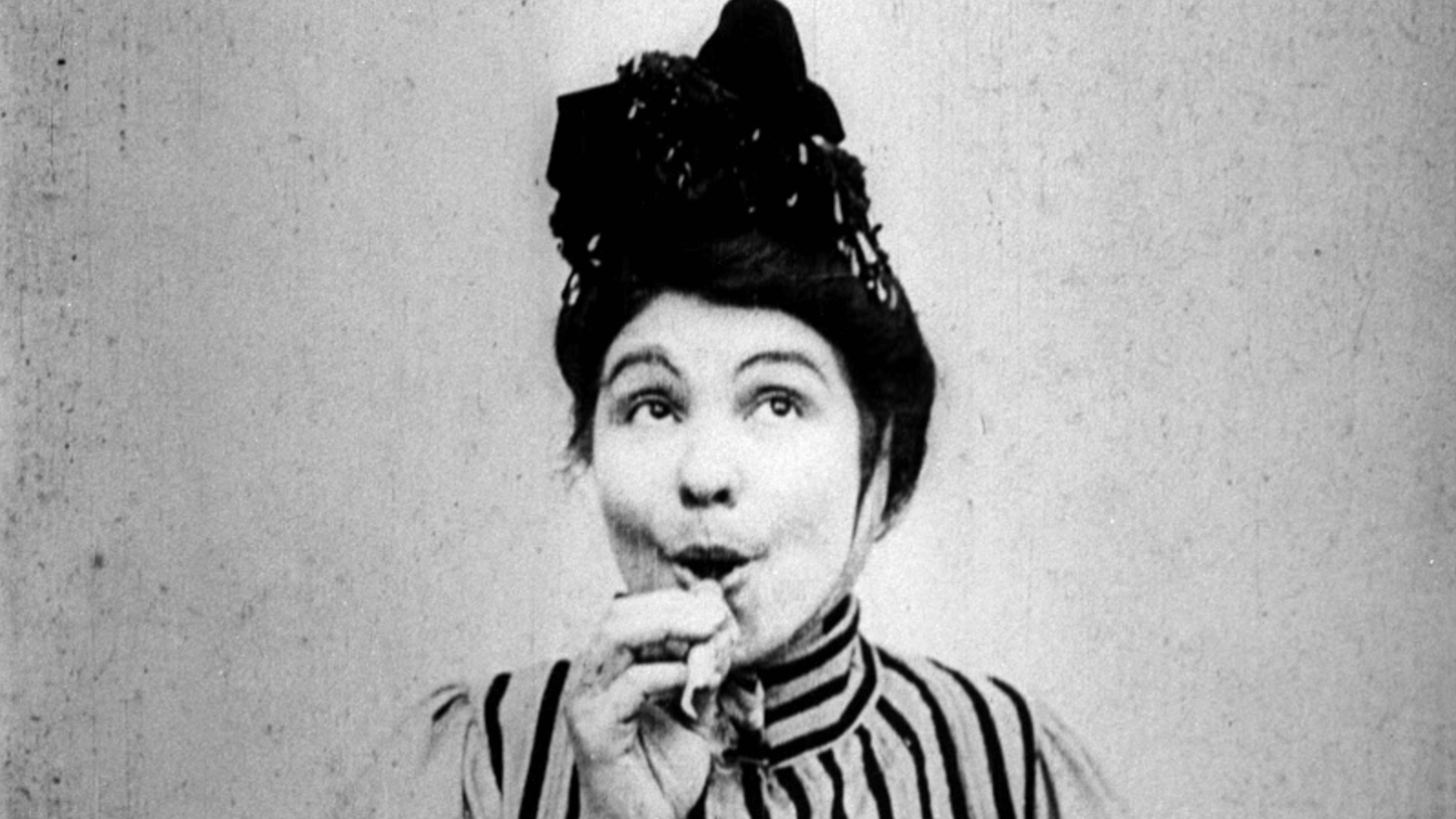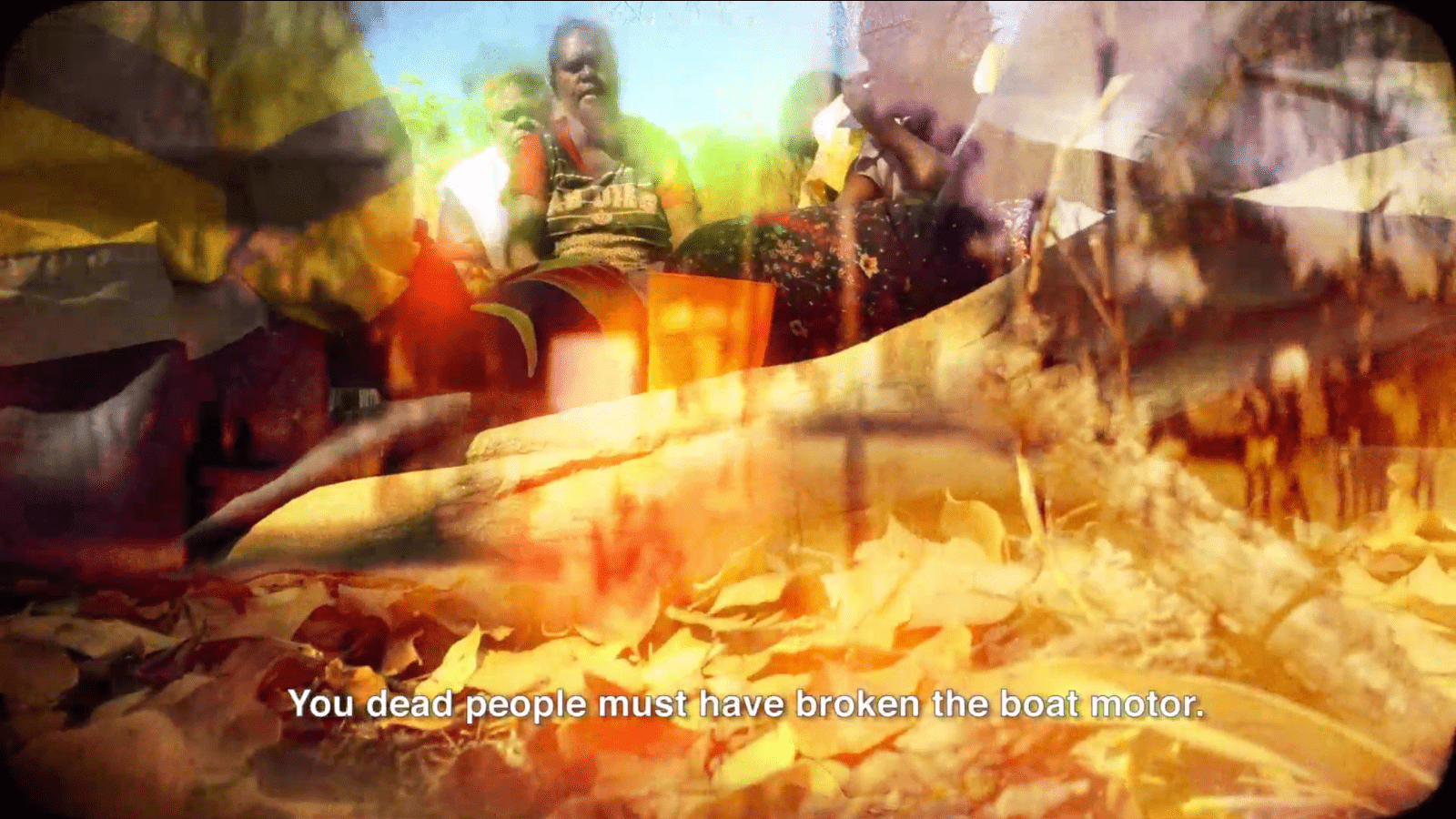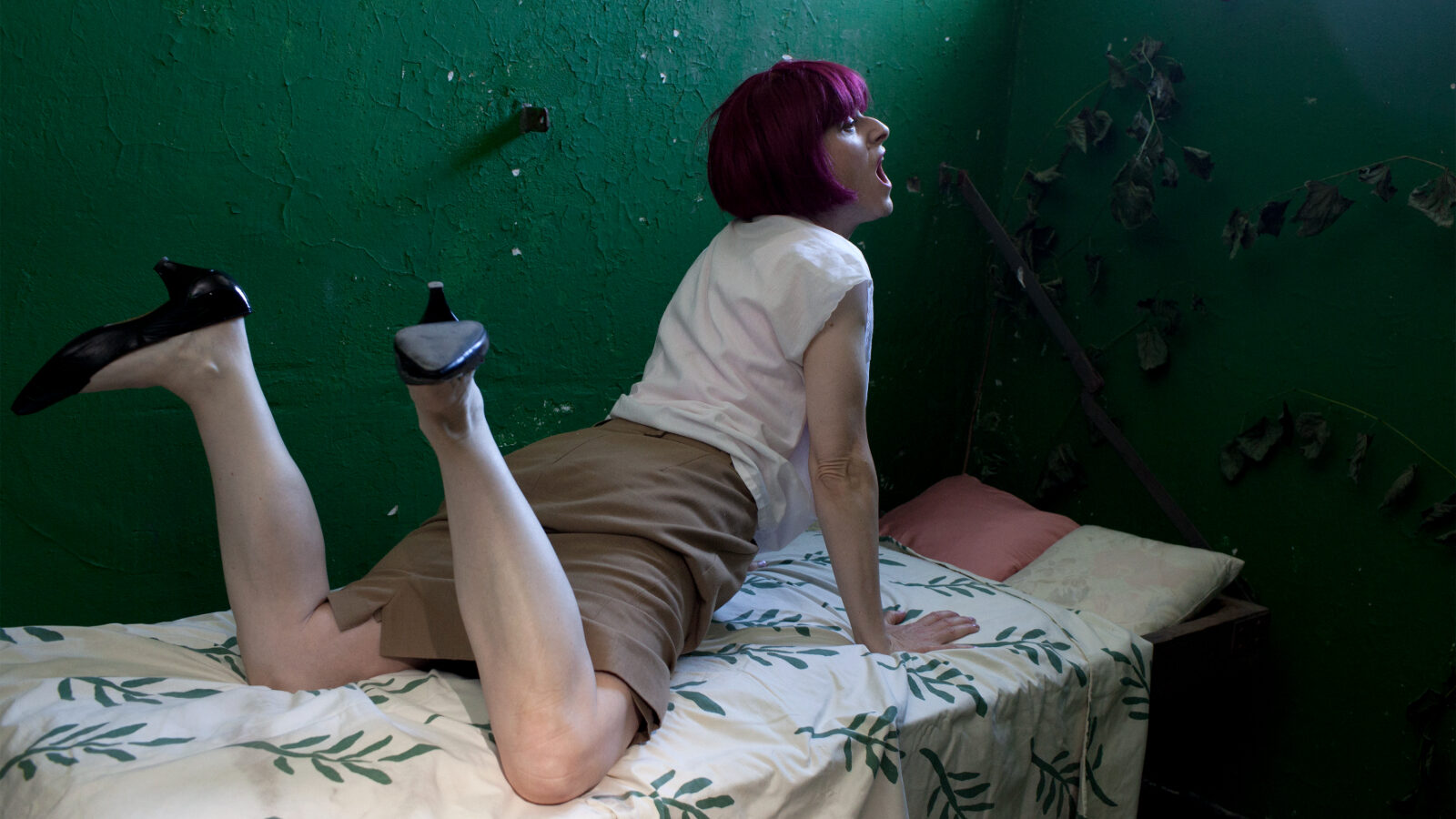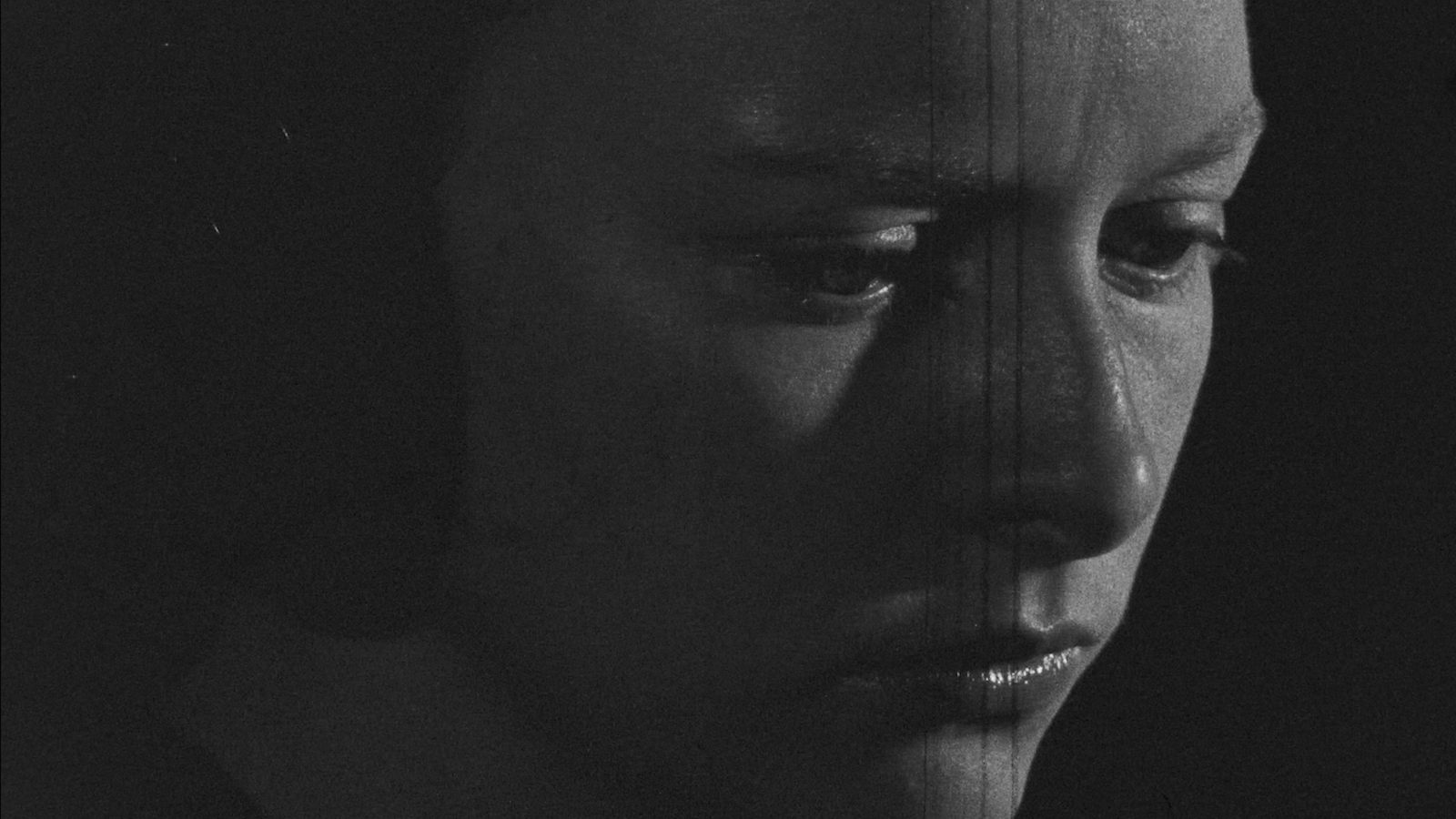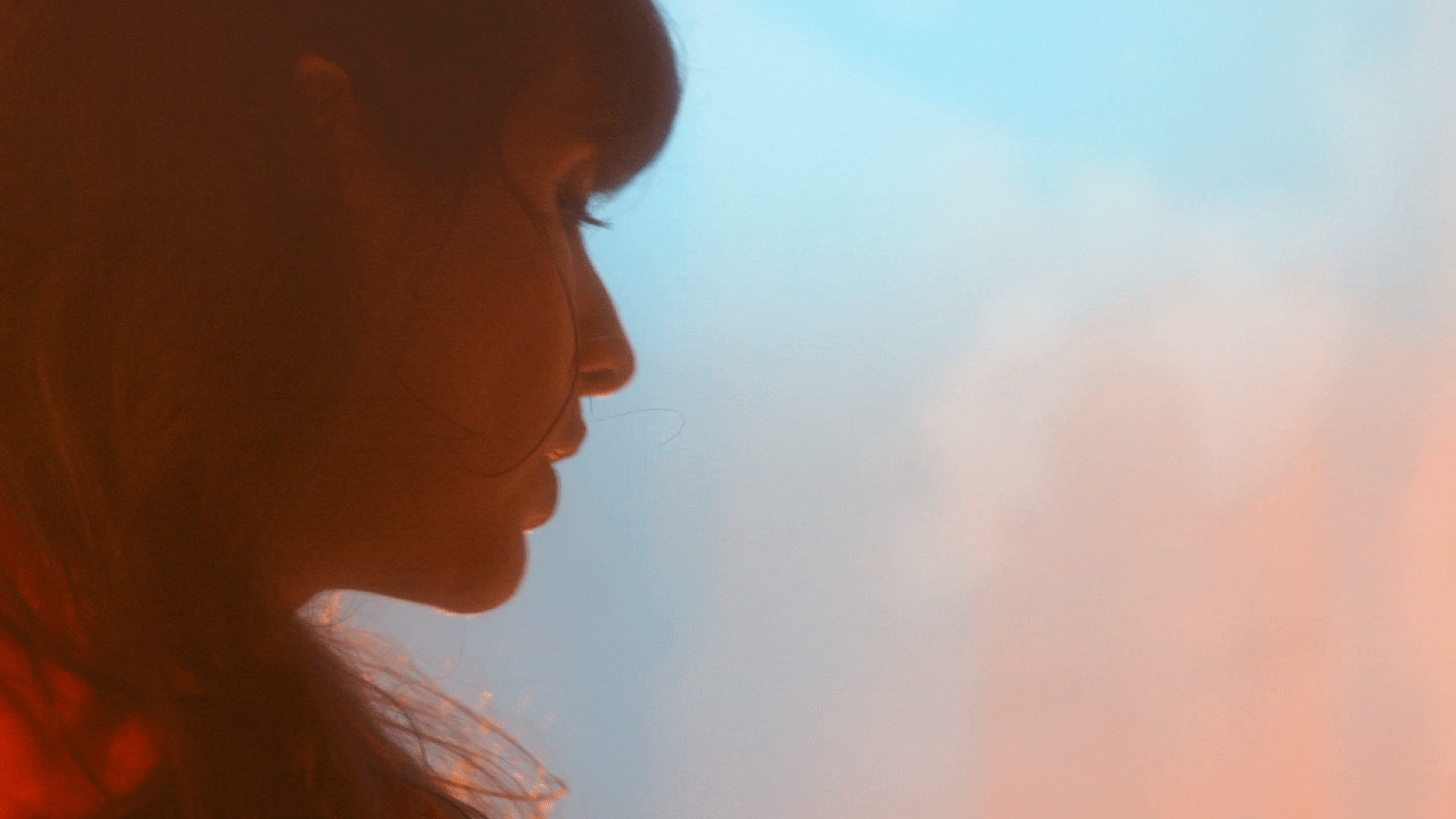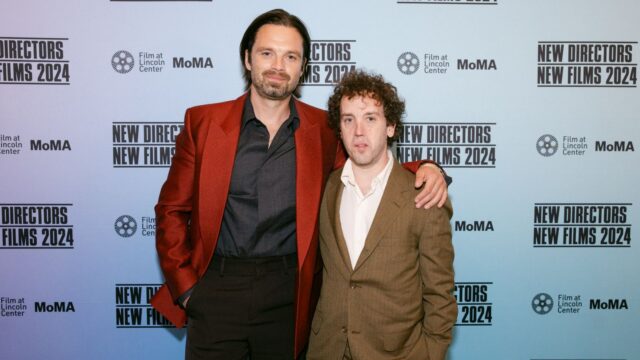Program 6: Troublemakers: Subversive Fictions
The introduction of fiction into ethnographic practices, as well as the reverse (anthropological sensibility infused into fiction), are movements embedded in cinema’s history from the time of its commencement. Even though abundant attempts from a variety of perspectives have been made to revise the ethnofiction history, this aesthetic canon has been historically co-opted by a cultural minority. Donna Haraway’s statement “It matters what stories make worlds, what worlds make stories” explains well the blistering urgency across this program’s films to reclaim the subversive powers of the imagination, transforming marginality into fertile lands of playfulness and new storytelling.
Contras’ City
Djibril Diop Mambéty, Senegal, 1969, 22m
The witty dialogue between a Senegalese man and a French woman opens Djibril Diop Mambéty’s first film, framed as a journey through Dakar, encompassing colonial and indiginous culture and architecture. The gentleness and empathy of the filmed subjects, occupying real settings presented with a critical eye, prefigures the provocative tone and politically engaged spirit of Diop’s last series Tales of the Little People. Restored in 2020 by Cineteca di Bologna/L’Immagine Ritrovata and The Film Foundation’s World Cinema Project in association with The Criterion Collection. Funding provided by the Hobson/Lucas Family Foundation. This restoration is part of the African Film Heritage Project, an initiative created by The Film Foundation’s World Cinema Project, the Pan African Federation of Filmmakers and UNESCO – in collaboration with Cineteca di Bologna – to help locate, restore, and disseminate African cinema.
Madame a des envies/Madame’s Cravings
Alice Guy, France, 1906, 4m
Motion picture pioneer Alice Guy invented fictional narrative in cinema but was erased from its official history. In this film, Guy stages a pregnant woman who unapologetically gives in to all her cravings.
Wutharr, Saltwater Dreams
Karrabing Film Collective, Australia, 2016, 29m
Consisting of more than 30 intergenerational Aboriginal filmmakers from Australia’s Northern Territory, Karrabing Film Collective’s process is often described as “improvisational realism.” Inspired by the real-life event of a broken boat that stranded a family in the outback, Wutharr intertwines three perspectives on the same story, where the mythical and the factual, the past and the present, are part of the same frame, in an “an ongoing interconnected relationship.”
Qu’un sang impur
Pauline Curnier Jardin, Germany, 2019, 16m
Echoing and gloriously enlarging the iconic prison scene in Jean Genet’s Un Chant d’amour, Qu’un sang impur is a queer, feminist tale of postmenopausal eroticism. Navigating genres such as gore, erotica, video art, and political cinema, Curnier Jardin’s film celebrates desire and bodies historically excluded from film.
Veslemøy’s Song
Sofia Bohdanowicz, Canada, 2018, 9m
Part of a long-term collaboration with actress and director Deragh Campbell, Veslemøy’s Song finds auto-fictional character Audrey travelling to the New York Public Library in search of a rare recording produced in 1909. Invoking the legacy of Kathleen Parlow (a Canadian celebrated violinist) who was Bohdanowicz’s grandfather’s mentor, the film resonates with the filmmaker’s own familial history, imbued with the heritage of migration and artistic expression.
The Tuba Thieves: Scene 22 (The Deaf Club)
Alison O’Daniel, USA, 2015, 6m
Filmmaker and artist Alison O’Daniel creates divisions in the normative relationship between sound and image in cinema, subtly criticizing how in this art form hearing is taken for granted. Reenacting a punk show hosted by Bruce Conner at The Deaf Club in San Francisco in 1979, The Tuba Thieves: Scene 22 intensely formulates through fiction a nonexistent but necessary archive of both Deaf and underground cultures.

